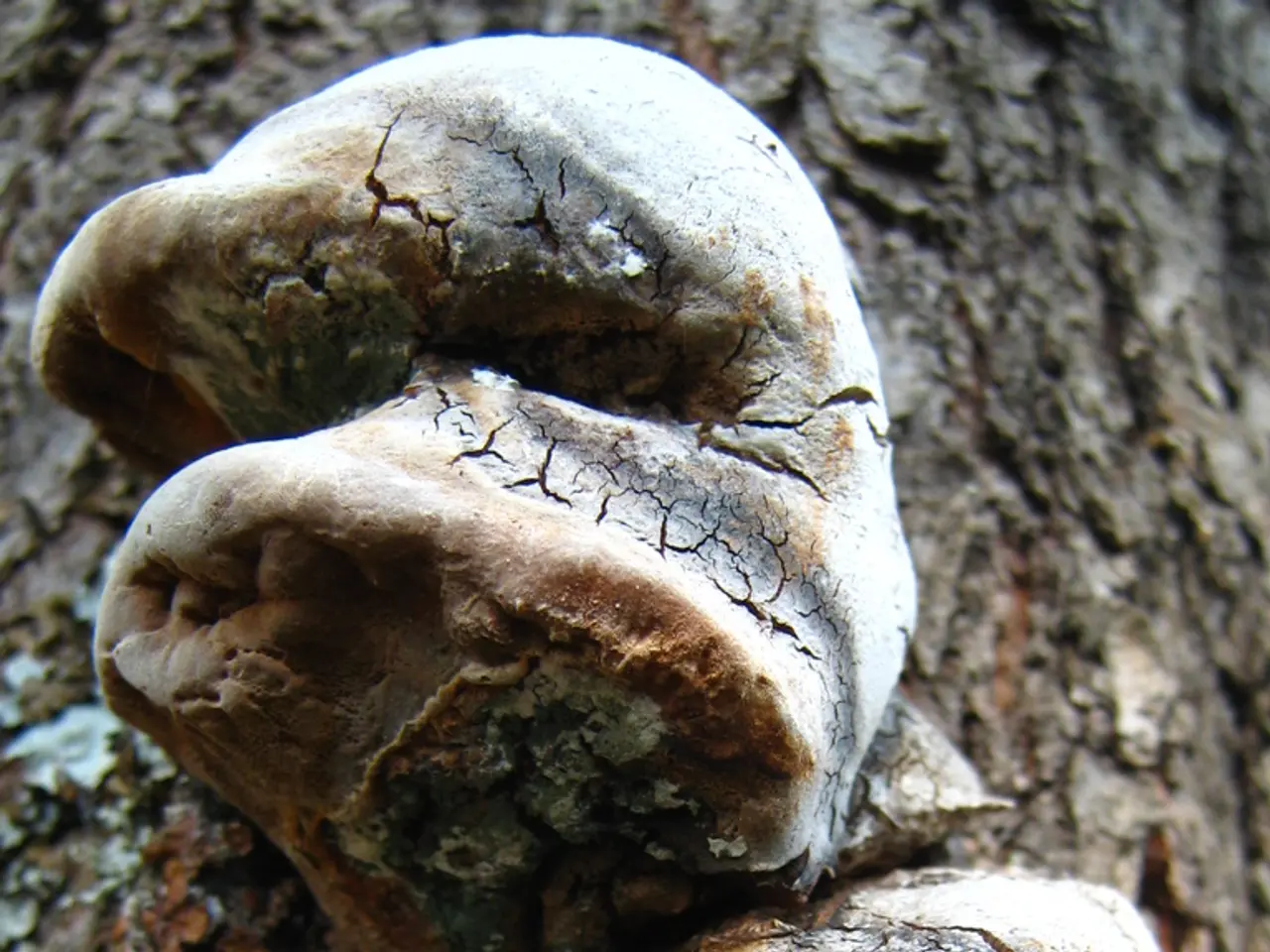Eliminating Fungus Gnats in Terrariums: A Step-by-Step Guide for Pest Eradication
Fungus gnats, tiny flying creatures that thrive in moist, humid terrarium conditions, can pose a challenge for terrarium enthusiasts. However, dealing with these pests is possible, and here are some effective methods to help keep your terrarium gnat-free.
To start, it's important to create sticky tape traps that are small enough to prevent isopods from entering, yet effective in catching flying pests. Suspending the sticky tape from the inside of the terrarium lid can make it even more efficient. Alternatively, vinegar traps can help quell the numbers of fungus gnats in a room, but they may not be suitable for all terrariums due to space limitations.
One of the most effective solutions against fungus gnats is the introduction of predatory mites. These microscopic predators eat the gnat larvae in the soil and are extremely effective against fungus gnats, as well as other pests like thrips and aphids. A Fungus Gnat Eradicator Mix, which includes predatory mites, rove beetles, and various other beneficial microfauna and microflora, is available to tackle the fungus gnat from various angles and help keep them away long-term.
Carnivorous plants such as Sundews or Pinguicula, also known as "Pings", can help keep gnats at bay. If space is not a concern, pitcher plants can work great for controlling fungus gnats.
Watering your plants or terrarium substrate with a diluted hydrogen peroxide solution (1 part hydrogen peroxide to 4 parts water) kills fungus gnat larvae without harming plants. Introducing beneficial nematodes into the soil, which actively prey on fungus gnat larvae, is another effective method.
Applying horticultural sand as a top layer on the substrate creates a dry barrier that repels adult fungus gnats from laying eggs. Optionally, using neem oil diluted in water can help clear the infestation.
It's crucial to combine these approaches, killing larvae (with hydrogen peroxide or nematodes), preventing adult gnats from reproducing (with sand), and disrupting the life cycle. Maintaining good terrarium hygiene by letting the substrate dry moderately between waterings also reduces gnat prevalence.
Quarantining plants for a few weeks before introducing them into the terrarium can help reduce the chances of fungus gnats getting into terrariums. Adding a cleanup crew, such as springtails, can also help prevent gnat outbreaks.
Sources consistently recommend hydrogen peroxide treatments and nematodes as effective and safe solutions for fungus gnats in terrariums or houseplants. Reducing the amount of moisture in the terrarium can slow the spread of fungus gnats, and predatory mites take a few days to get going but show significant results after a week, with no more flies noticed after two weeks.
In conclusion, a combination of methods targeting both larvae and adult gnats is the best approach to effectively get rid of fungus gnats in terrariums.
Incorporating home-and-garden practices into your terrarium setup, such as planting carnivorous plants like Sundews or Pinguicula, can help maintain a gnat-free lifestyle by naturally keeping fungus gnats at bay. Additionally, in your home-and-garden activities outside of the terrarium, vinegar traps can be useful in reducing the number of fungus gnats in your room, especially when space limitations in your terrarium do not allow for their use.




